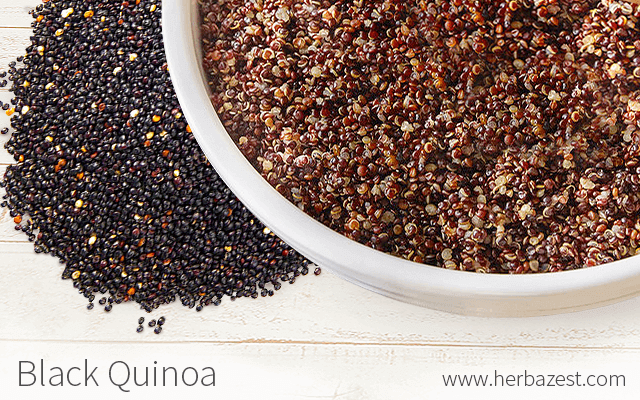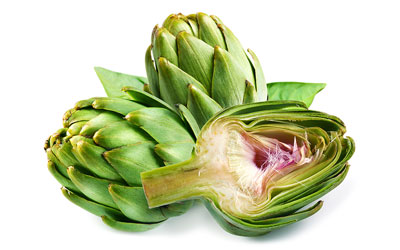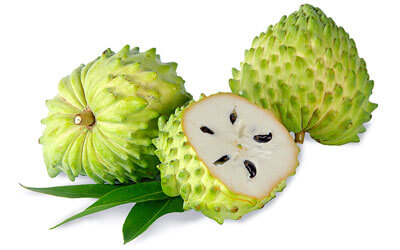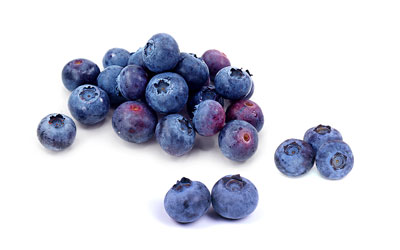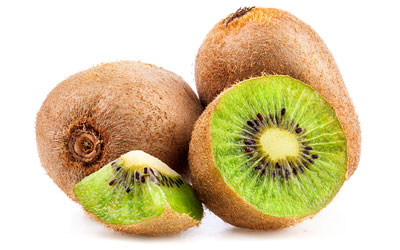Quinoa is a highly nutritious seed that is native to the Andean region of South America. Thought to have been domesticated in the Lake Titicaca area, quinoa spread to other parts of South America with the growth of the Inca Empire. While there are many varieties of quinoa, and while the most common strains are white, red, and black. Read on to learn more about black quinoa!
Black Quinoa: Nutrition Facts
Black quinoa has a crunchier texture and earthier flavor than other types of quinoa, and it holds its shape better than white quinoa, making it good for dishes that require a grainier texture.
What sets black quinoa apart from other quinoa varieties is its elevated levels of betacyanins, specifically betanin and isobetanin. These pigments are responsible for black quinoa's distinct color and also contribute to its higher phenolic concentration and stronger antioxidant activity.
COLOR AND TEXTURE DIFFERENCES ASIDE, THE NUTRITIONAL VALUE OF BLACK QUINOA IS MUCH THE SAME AS WHITE AND RED QUINOA.
Black quinoa, like other varieties of quinoa, is an exceptional source of high-quality protein. It is also an excellent source of carbohydrates, unsaturated fat, and essential vitamins and minerals. Most notable is quinoa's protein content per one cup serving (185 grams), which is approximately eight grams when cooked. Even more importantly, all quinoa varieties also contain all nine essential amino acids, especially high levels of lysine.
THE AMOUNT OF LYSINE PER 100 G OF WHITE, RED, OR BLACK QUINOA IS 700 MG WHEN UNCOOKED AND 240 MG AFTER BEING COOKED.
How to Cook Black Quinoa
Black quinoa is very easy to cook, though it takes a little more time than white quinoa. For best results, follow these three easy steps:
- Combine one cup of rinsed black quinoa with two cups of water in a saucepan.
- Bring the mixture to a boil, cover, reduce the heat to low, and allow the quinoa to simmer until tender (approximately 15 - 20 minutes).
- Drain thoroughly with a fine colander.
Alternatively, you can soak black quinoa seeds in fresh water for two to three hours or until the seeds are tender in order to make the most of their nutritional content.
Black Quinoa Health Benefits
There are many health benefits associated with eating black quinoa, especially its powerful antioxidant effects as a result of its high concentration of polyphenol compounds. In a study published in Food Chemistry (2015), researchers identified at least 23 phenolics and betacyanins that are present in black, white, and red quinoa.1 The study also found that black quinoa seeds have higher phenolic concentration and antioxidant activity than white and red quinoa.
Moreover, a study published in Food and Nutrition Sciences (2012) revealed that baking and cooking quinoa has little effect on its total phenolic content and antioxidant properties.2 This study further suggested that the antioxidant activity of quinoa may be useful in managing diseases associated with oxidative stress.
BLACK QUINOA NOT ONLY HAS HIGHER PHENOLIC CONTENT THAN RED AND WHITE QUINOA, BUT COOKING IT BARELY AFFECTS ITS ANTIOXIDANT ACTIVITY.
Furthermore, black quinoa, like other varieties of quinoa, is an important dietary supplement for people with celiac disease, gluten intolerance, and wheat allergy due to the fact that it is gluten-free.
There is still much to learn about black quinoa, specifically in regards to its antioxidant effects. However, it is clear that quinoa nutrition not only outshines traditional grains, but also serves as a simple, delicious, and colorful dietary addition.
Sources
- Journal of Nutrition and Food Sciences, Quinoa (Chenopodium quinoa Willd), from Nutritional Value to Potential Health Benefits: An Integrative Review, 2016
- Plant Foods for Human Nutrition, Effect of Diet Supplemented with Quinoa Seeds on Oxidative Status in Plasma and Selected Tissues of High Fructose-Fed Rats, 2010
- Quinoa: The Everyday Superfood
- The American Journal of Gastroenterology, Gastrointestinal Effects of Eating Quinoa (Chenopodium quinoa Willd.) in Celiac Patients, 2014
- USDA Nutrient Database, Quinoa, uncooked | Quinoa, cooked
Footnotes:
- Food Chemistry. (2015). Characterisation of phenolics, betanins and antioxidant activities in seeds of three Chenopodium quinoa Willd. genotypes. Retrieved October 15, 2021 from https://pubmed.ncbi.nlm.nih.gov/25053071/
- Food and Nutrition Sciences. (2013). Total Phenolic Content and Antioxidant Activity of Red and Yellow Quinoa (Chenopodium quinoa Willd.) Seeds as Affected by Baking and Cooking Conditions. Retrieved October 15, 2021 from https://file.scirp.org/pdf/FNS20120800014_30913007.pdf
